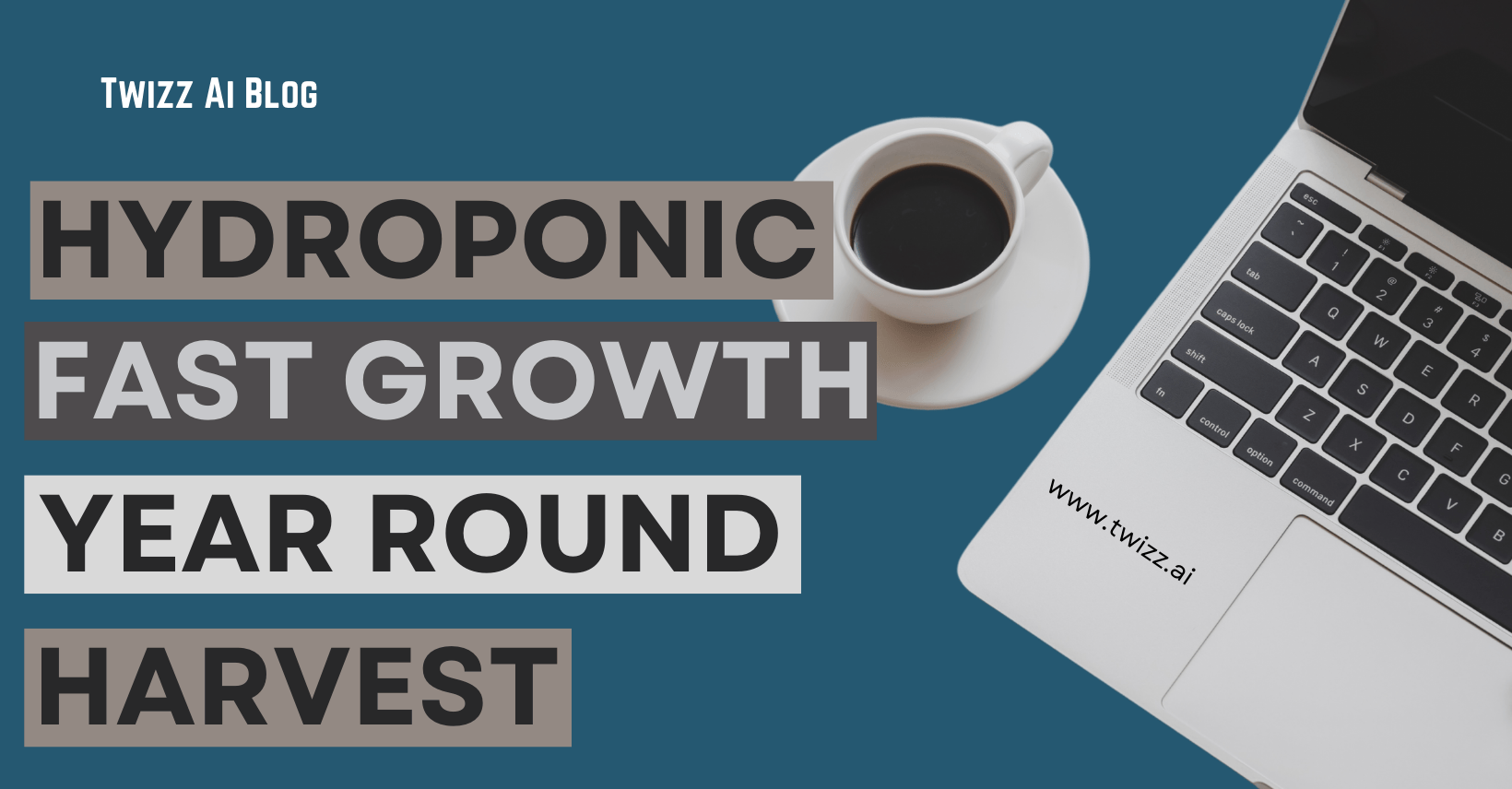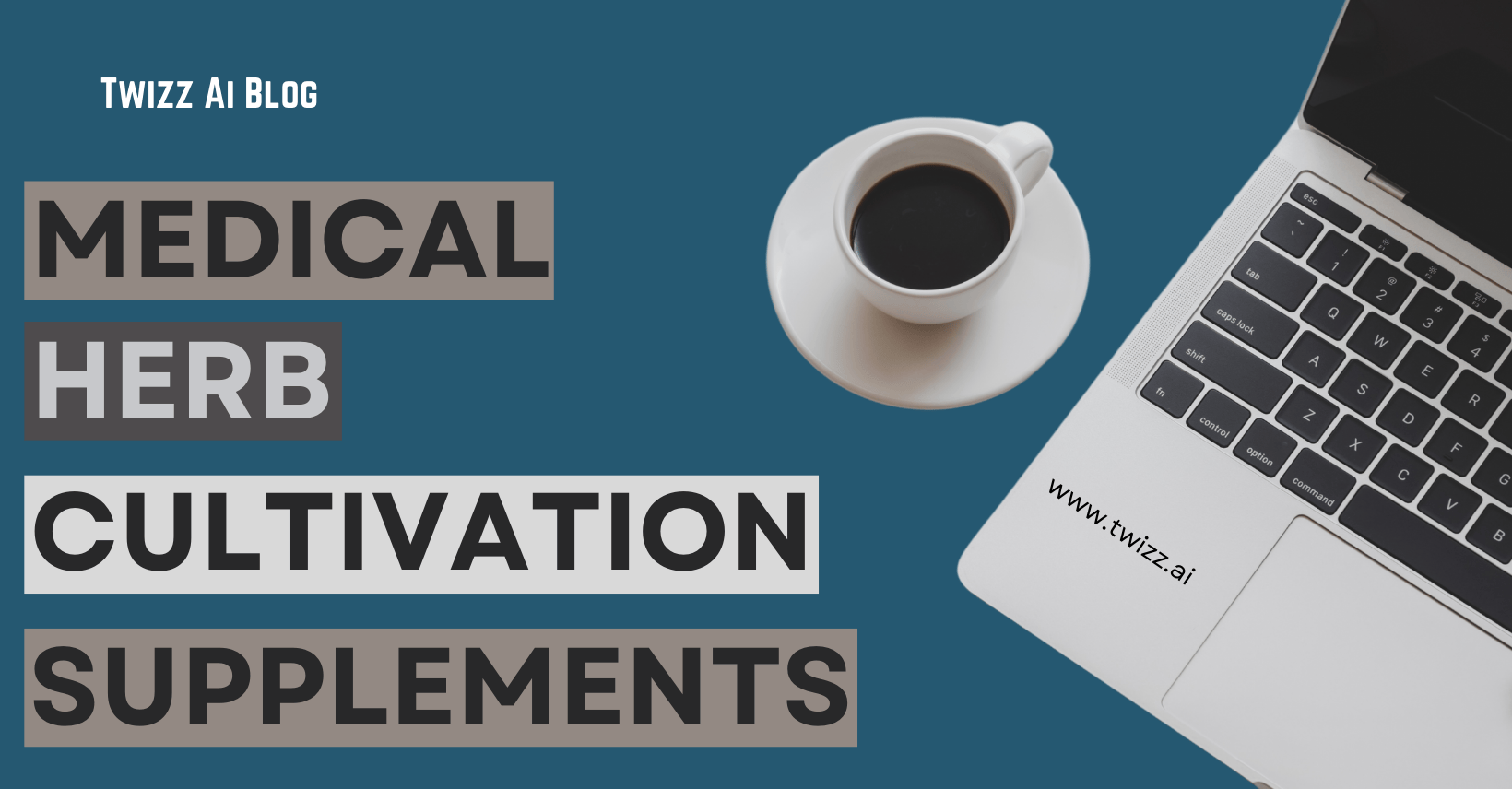Hydroponic Lettuce Farming for Fast Growth and Continuous Harvesting Year-Round
Introduction
Hydroponic lettuce farming is an innovative and sustainable method that has revolutionized fresh greens cultivation in urban and rural settings. This cutting-edge technique leverages water as a nutrient-rich medium while bypassing traditional soil farming methods. With the growing global demand for locally produced, pesticide-free produce, hydroponic systems provide an efficient solution for experts and enthusiasts seeking fast growth and continuous harvests every season. The following narrative explores the intricacies of hydroponic lettuce cultivation while weaving in practical advice and inspiring insights designed for an expert audience.
Understanding Hydroponic Cultivation
Hydroponics is an advanced agricultural practice that uses water-based solutions enriched with essential nutrients to foster robust plant development. This soil-less method allows growers to manipulate growth variables such as oxygenation, pH levels, and nutrient balance with a degree of precision unattainable in traditional farming. In lettuce cultivation, the absence of soil pathogens and the controlled environment create conditions for accelerated growth. Experts appreciate the method not only for its efficiency but also for its minimal resource consumption. The modern approach allows for sustainable practices that minimize water waste and reduce the ecological footprint while delivering high yields year-round.
Essential Equipment and Setup
An efficient hydroponic system for lettuce demands carefully selected components that work harmoniously to achieve optimal plant growth. The primary elements include a reservoir for nutrient solution, pumps that regulate water flow and channels that support the roots. High-grade LED lights enhance photosynthetic processes and create an environment conducive to vigorous leaf expansion. In selecting equipment, the discerning grower must consider durable materials and energy-efficient technologies that ensure long-term success. Proper spatial design, ventilation, and temperature regulation remain equally critical. When constructing a system, attention to every detail and planning for potential contingencies can significantly impact the outcome of continuous harvesting cycles.
Nutrient Management and Water Quality
A pivotal aspect of hydroponic lettuce farming is carefully calibrating nutrient concentrations and maintaining impeccable water quality. The balance of macronutrients and micronutrients is vital in expediting the growth cycle and ensuring robust plant health. Gardeners who excel in this domain adopt a holistic perspective, frequently analyzing the pH and electrical conductivity to fine-tune the nutrient solution. The role of dissolved oxygen in water is often underestimated yet crucial for preventing root hypoxia. Advanced growers may incorporate natural bio-stimulants and organic compounds to enhance nutrient uptake. Regular monitoring and adjustments ensure plants experience minimal stress and reach their full potential swiftly.
Optimizing Growth Conditions
Creating an optimal environment for hydroponic lettuce necessitates attention to ambient factors such as light intensity, temperature, and humidity. Without soil, the energy from LED systems must mimic natural sunlight while preventing overheating. Efficient temperature regulation using climate control devices ensures the lettuce thrives even under continuous artificial light. The interplay between humidity and airflow must be balanced to avoid the onset of fungal infections and other diseases. Additionally, the implementation of reflective surfaces can enhance light distribution, boosting the plants’ photosynthetic efficiency. These meticulous adjustments lead to rapid vegetative growth and contribute to the reliability of year-round harvesting.
Tips and Tricks for Maximizing Yields
1. Staggered Planting Schedules
Seasoned practitioners understand that overlapping crop cycles are the key to a continuous harvest. By planning and executing staggered planting schedules, each new batch of lettuce begins its growth cycle while previous plants are near maturity. This method creates a steady stream of produce and reduces the risk of supply gaps. Growers can plan planting intervals based on historical growth data and seasonal adjustments to optimize environmental factors such as light and temperature throughout the year. In practice, this means dividing the total planting area into smaller segments, each planted at a different time. This approach allows for a constant turnover that cushions against unexpected delays or crop failures while maximizing available space.
2. Precision in Growth Regulator Application
Utilizing growth regulators can expedite the transition from seedling to harvest-ready stage, but their success depends on precision. Experienced growers advocate for the careful selection of natural or synthetic compounds that gently stimulate growth. The key is to adhere to exact dosage and timing guidelines. When applied correctly, these regulators reduce the length of the vegetative phase without compromising the structural integrity of the lettuce. This delicate balance ensures that plants reach optimal size and flavor while maintaining the robustness needed for continuous cycles. It is advisable to conduct small-scale trials before full implementation so that any potential adverse effects can be identified and adjusted accordingly.
3. Strategic Nutrient Solution Management
In hydroponic systems, the nutrient solution is the lifeblood of plant development. Meticulous management of this solution is essential for maintaining plant vigor and preventing nutrient imbalances. Regular dilution and timely renewal of the water supply help avoid the buildup of unwanted compounds that could inhibit growth. Experts recommend the periodic analysis of nutrient concentration and pH levels, as even slight deviations can affect lettuce quality and yield. Integrating small amounts of organic matter can promote beneficial microbial activity, enhancing nutrient uptake. This approach transforms the nutrient solution from a static resource into a dynamic medium that continuously adapts to the needs of the plants.
4. Sensor-Based Real-Time Monitoring
Modern hydroponic systems benefit significantly from the integration of sensor technologies. Real-time monitoring of environmental factors such as temperature, humidity, pH, and nutrient levels is a game changer. By deploying sensor networks throughout the growing area, growers can capture and analyze data that informs immediate adjustments. This data-driven strategy shifts the cultivation process from trial-and-error to a systematic, precision-based approach. For instance, if sensors indicate a fluctuation in nutrient concentration, the system can be automatically adjusted to restore balance. This proactive management improves yield, minimizes waste, and enhances overall system resilience. Adding IoT devices further refines this process, providing granular insights and predictive maintenance alerts that help prevent system downtime.
5. System Maintenance and Environmental Management
Maintaining a pristine hydroponic system is vital to maximizing yields. Regular cleaning of reservoirs, channels, and tubing prevents biofilm buildup and root infections that can compromise plant health. Routine maintenance tasks, such as checking for leaks and ensuring the proper functioning of pumps and lights, are integral to a successful operation. Environmental management also plays a crucial role. Adequate air circulation, controlled humidity, and optimal temperature settings create a stable environment for lettuce growth. Techniques such as reflective surfaces can enhance light distribution while reducing energy consumption. Furthermore, scheduled system audits and preventive maintenance routines help identify potential issues before they escalate into major problems.
6. Holistic Integration and Data-Driven Adjustments
The real strength in maximizing yields lies in the synergistic integration of all these techniques. Combining staggered planting schedules, precise growth regulator applications, meticulous nutrient management, and advanced sensor monitoring creates a holistic system that is both resilient and efficient. Detailed record-keeping and analysis of each crop cycle enable growers to continuously identify trends and refine their methods. This iterative approach fosters an environment where each harvest is an opportunity to learn and improve. Data-driven adjustments allow for fine-tuning environmental parameters in response to real-time conditions, ensuring that every system element works in concert. This comprehensive strategy boosts productivity and builds a foundation for scalable and sustainable operations.
7. Proactive Troubleshooting and Adaptive Strategies
No system is immune to challenges; even the most advanced hydroponic setups require proactive troubleshooting. Experienced growers emphasize the importance of early detection and intervention. Establishing protocols for monitoring system anomalies—such as sudden drops in pH or unexpected nutrient imbalances—can prevent minor issues from becoming major setbacks. Adaptive strategies, such as maintaining a backup power supply and keeping spare parts for critical components, contribute significantly to system stability. When problems arise, a methodical, data-informed approach to troubleshooting allows for rapid resolution without compromising the growth cycle. Continuous learning from past challenges ensures the system evolves and improves each cycle.
8. Embracing Innovation and Continuous Improvement
Innovation is at the heart of hydroponic farming, and a willingness to embrace new techniques is essential for long-term success. Whether experimenting with new types of nutrient solutions or integrating cutting-edge sensor technology, experts recognize that continuous improvement is crucial. Keeping abreast of emerging research and technological advances can offer fresh perspectives and practical solutions. Collaboration with other growers and participation in industry forums provide additional insights and foster a community of knowledge sharing. This commitment to innovation, combined with rigorous testing and refinement, ensures that hydroponic systems remain at the forefront of agricultural efficiency.
Sustainability and Environmental Impact
Hydroponic lettuce farming stands as a beacon of sustainable agriculture. The method significantly reduces water consumption by recirculating nutrient solutions, an essential attribute in water scarcity areas. Furthermore, the absence of soil eliminates the need for herbicides and many pesticides, leading to produce that is not only healthier but also environmentally friendly. The practice supports local food production, thereby reducing the environmental burden of long-distance transportation. Many practitioners now incorporate renewable energy sources, such as solar panels, to power their systems. This forward-thinking integration of eco-friendly technologies creates a symbiotic relationship between agricultural efficiency and environmental stewardship. Experts recognize that hydroponic practices promise a harmonious future where food security and ecological balance coexist.
Advanced Techniques and Innovative Practices
Beyond the basics, hydroponic lettuce farming offers advanced techniques that push the boundaries of conventional cultivation. Incorporating aeroponic elements, where roots are periodically misted with nutrient solutions, can further accelerate growth. This technique maximizes oxygen exposure and minimizes the risk of root rot, thereby enhancing the overall health of the crop. In addition, the development of modular systems allows for scalability. Modular units can be seamlessly expanded or reconfigured to suit varying production demands and spatial constraints. Using automated nutrient dosing systems and remote monitoring solutions ensures that even without constant human oversight, the plants receive precisely what they need to thrive. Each of these innovations contributes to a robust system that caters to both the needs of hobbyists and the exacting standards of professional growers.
Overcoming Challenges in Hydroponic Farming
Despite its numerous benefits, hydroponic lettuce farming presents its own set of challenges. One common hurdle is the prevention of nutrient imbalances that may lead to deficiencies or toxicities. A keen eye on the water’s chemistry and a willingness to experiment with different nutrient formulations can mitigate this issue. Another challenge involves the management of pests that may adapt to the controlled environment. Integrated pest management techniques, including biological control agents and natural repellents, can safeguard the crop without compromising the system’s purity. Moreover, fluctuations in power supply and technical malfunctions may disrupt automated systems. Developing contingency plans and maintaining backup equipment are prudent measures to keep the operation running smoothly. The ability to troubleshoot these obstacles effectively separates the novice from the expert in hydroponic cultivation.
Concluding Insights
Hydroponic lettuce farming for fast growth and continuous harvesting offers an extraordinary opportunity for cultivating fresh greens with unprecedented efficiency. The technique blends innovation with sustainability, resulting in an economically viable and environmentally responsible farming practice. By understanding the fundamental principles of nutrient management, optimizing growth conditions, and embracing advanced techniques, growers can achieve year-round production that meets the ever-growing demand for high-quality produce. This method embodies a convergence of art and science, where each harvest tells a story of meticulous planning, relentless experimentation, and a passion for sustainable living.
In the grand tapestry of modern agriculture, hydroponic systems occupy a pivotal space. They symbolize a shift from traditional practices to a future defined by precision, resourcefulness, and respect for nature. Experts who delve into this domain often recount the evolution of their practices as a journey marked by discovery and innovation. Their experiences underscore the importance of continuous learning, adaptation, and the willingness to embrace failures and successes. With each growth cycle, the lessons learned pave the way for a more resilient and efficient system that benefits communities and the environment.
The world of hydroponic lettuce farming is rich with potential and offers endless opportunities for innovation. The interplay of technology, natural processes, and creative problem-solving generates an ecosystem where continuous harvesting becomes a reality rather than a distant aspiration. As technology advances and more insights are gained from real-world applications, the systems will become even more sophisticated. The journey toward mastering hydroponic cultivation is ongoing, and each new discovery contributes to a body of knowledge that inspires future generations of growers.
This exploration invites experts to consider the broader implications of their work and the positive impact it can have on society. Embracing hydroponic techniques means investing in a future where food production is decoupled from the limitations of traditional agriculture. It celebrates ingenuity, perseverance, and the boundless possibilities that emerge when passion meets technology. Whether one is a seasoned agronomist or a curious innovator, the realm of hydroponic lettuce farming promises a rewarding and transformative experience that continues to evolve with each passing season.
By adopting these practices and continuously refining their techniques, growers set new benchmarks in sustainable agriculture worldwide. The pursuit of fast growth and continuous harvesting has not only transformed the cultivation of lettuce but has also laid the groundwork for a broader revolution in food production. The journey is one of constant evolution and learning, where every challenge becomes an opportunity to innovate, and every success inspires further exploration.





